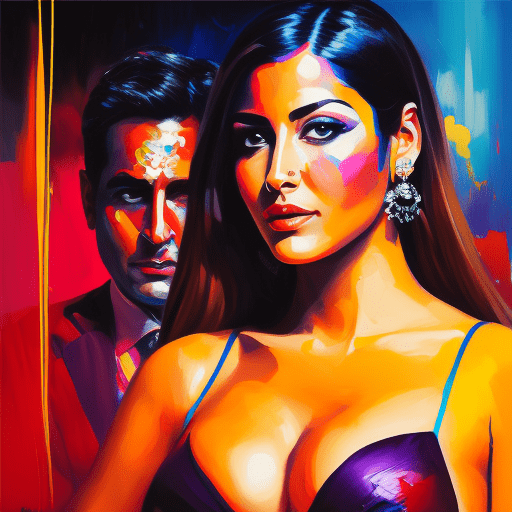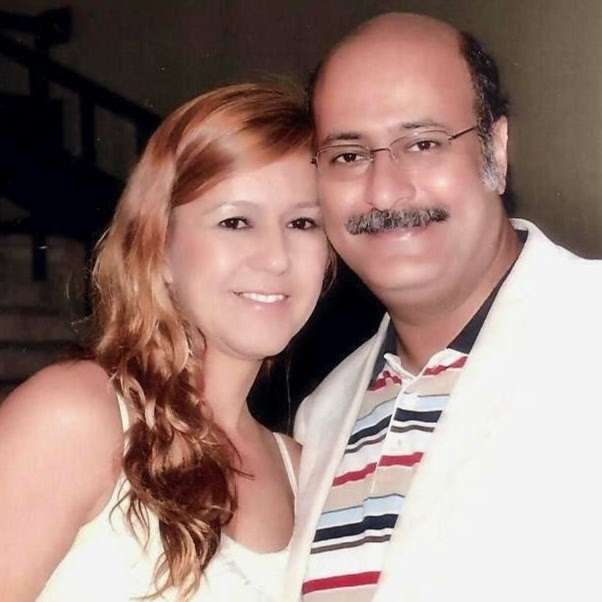
Introduction
Slasher films in the 1980s captivated audiences with their suspense, gore, and unforgettable villains. In this blog post, we delve into the world of 1980s slasher cinema, examining ten iconic films that left an indelible mark on the genre. Join us as we explore the reception of these films when they were first released, both from critics and audiences, and uncover their enduring legacy in the world of horror.
Overview of Ten Iconic Slasher Films from the 1980s
Film 1: Halloween (1978)
Halloween, directed by John Carpenter, is widely regarded as a landmark of horror cinema. The film follows Laurie Strode (played by Jamie Lee Curtis), a babysitter stalked by the masked killer Michael Myers. Upon release, Halloween received critical acclaim for its atmospheric tension and Carpenter's masterful direction. Critics praised the film's ability to create an unsettling atmosphere, its effective use of suspense, and the iconic portrayal of Michael Myers. Audiences were gripped by the suspenseful storytelling and were introduced to the iconic slasher archetype. Halloween's immense success paved the way for a new era of horror, with numerous sequels and reboots continuing the franchise's enduring popularity.
Film 2: Friday the 13th (1980)
Sean S. Cunningham's Friday the 13th introduced audiences to the relentless killer Jason Voorhees. Set in the eerie Camp Crystal Lake, the film terrified viewers with its chilling atmosphere and gruesome death scenes. Critics had mixed reactions upon its release. While some praised its effective use of tension and inventive kills, others criticized the film for its graphic violence and lack of originality. However, Friday the 13th's ability to create tension and shock audiences propelled it to become a cult classic. The film's success spawned numerous sequels and solidified Jason Voorhees as one of horror's most recognizable figures. The Friday the 13th franchise became a staple of the slasher genre, captivating audiences with its relentless pursuit of victims and its enduring impact on popular culture.
Film 3: Happy Birthday to Me (1981)
J. Lee Thompson's Happy Birthday to Me presents a unique twist on the slasher genre. The film follows Virginia Wainwright (played by Melissa Sue Anderson), a high school student stalked by a mysterious killer during her birthday week. Happy Birthday to Me stands out for its creative death scenes and a twist ending that leaves audiences questioning their assumptions. Critics had mixed reactions to the film, appreciating its inventive kills and unexpected plot developments while expressing concerns about its pacing and character development. However, the film found a dedicated fan base that appreciates its unique approach to the slasher genre and the elements of mystery and surprise it brings to the table.
Critical Analysis and Cultural Impact of 1980s Slasher Films
The 1980s slasher films left a profound impact on both the horror genre and popular culture. These films captured the imagination of audiences and introduced enduring elements that would shape the future of horror cinema. Let's explore the critical analysis and cultural impact of these influential films:
Recurring Motifs and Themes
1980s slasher films often incorporated recurring motifs and themes that became synonymous with the genre. One notable motif was the presence of a masked killer, concealing their identity and adding an extra layer of suspense. Another common theme was the concept of the "final girl," a survivor who outwits and triumphs over the killer. These films also explored societal anxieties, often using the teenage characters as a reflection of the cultural climate. By examining morality, sexuality, and the consequences of transgressions, the slasher films of the 1980s tapped into the fears and uncertainties of their time.
Visual Style and Cinematic Techniques
The 1980s slasher films displayed a distinctive visual style that emphasized tension, gore, and shock value. Practical effects and innovative makeup were crucial components in creating memorable death scenes that both thrilled and horrified audiences. Filmmakers such as Tom Savini, known for his expertise in practical effects, contributed significantly to the genre's visual impact. The use of suspenseful cinematography, atmospheric lighting, and haunting musical scores heightened the sense of dread and anticipation in these films.
Critical Reception and Evolution of the Genre
Upon their release, the 1980s slasher films received a range of critical reactions. Some critics celebrated the genre's ability to elicit fear and explore societal themes, praising standout performances and inventive storytelling techniques. Others criticized the films for their graphic violence and alleged exploitation of young characters. However, the enduring popularity and cultural impact of these films cannot be denied. They laid the foundation for subsequent slasher movies, influencing the direction of the genre for years to come.
Legacy and Influence on Pop Culture
The 1980s slasher films left an indelible mark on popular culture, permeating beyond the confines of the horror genre. The iconic characters and imagery from these films became ingrained in the collective consciousness, inspiring countless homages, parodies, and references in films, television, music, and other forms of media. The archetypal slasher tropes established during this era continue to resonate with audiences and filmmakers, shaping the future of horror cinema and contributing to its ongoing evolution.
Enduring Legacy and Contemporary Appreciation
The legacy of 1980s slasher films continues to resonate with horror enthusiasts and newer generations. These films hold a special place in the hearts of many, providing a nostalgic reminder of a beloved era in horror cinema. The enduring appreciation for these films can be attributed to several factors:
Nostalgia and Cultural Significance
For those who grew up during the 1980s or were exposed to these films later, they hold a nostalgic appeal. The films evoke memories of an era filled with imaginative storytelling, practical effects, and a unique atmosphere. They are viewed not only as sources of entertainment but also as cultural artifacts that encapsulate a specific moment in time.Influence on Modern Filmmaking
The 1980s slasher films have left an indelible mark on modern horror cinema. Filmmakers today continue to draw inspiration from these classics, paying homage to their stylistic elements, thematic explorations, and iconic characters. Elements such as the masked killer, the final girl, and the creative death scenes have become ingrained in the horror lexicon and are often reimagined and reinterpreted in contemporary films.
Continued Fan Engagement
The fanbase for 1980s slasher films remains dedicated and passionate. These films have garnered a cult following that extends beyond their initial release, with fan conventions, screenings, and online communities keeping the spirit of these classics alive. The enduring fascination with these films showcases their lasting impact on audiences and their ongoing relevance in the genre.
Resurgence in Popularity
In recent years, there has been a resurgence of interest in 1980s slasher films. The nostalgia for the era, coupled with a renewed appreciation for practical effects and a desire for authentic horror experiences, has fueled a renewed interest in these classics. Re-releases, remastered editions, and retrospectives have introduced a new generation to the thrills and chills of these iconic films.
Conclusion
The slasher films of the 1980s left an indelible mark on the horror genre, captivating audiences with their suspenseful storytelling, memorable villains, and gruesome death scenes. Despite the passage of time, these films continue to be appreciated for their cultural impact and the everlasting legacy they've carved out within the world of horror cinema. Whether it's the atmospheric tension of Halloween, the relentless pursuit of Jason Voorhees in Friday the 13th, or the creative twists of Happy Birthday to Me, the 1980s slasher films have cemented their place as beloved classics that continue to thrill and entertain audiences to this day.
Frequently Asked Questions
Q: What are some other notable slasher films from the 1980s?
A: Aside from the ten films highlighted in this blog post, other notable slasher films from the 1980s include The Texas Chainsaw Massacre (1974), Child's Play (1988), and The Evil Dead (1981).
Q: How did the 1980s slasher films influence the horror genre?
A: The 1980s slasher films popularized the slasher subgenre and established many of its tropes, such as the masked killer, final girl, and inventive death scenes. They also paved the way for the growth and evolution of horror cinema, influencing subsequent filmmakers and inspiring countless homages and remakes.
